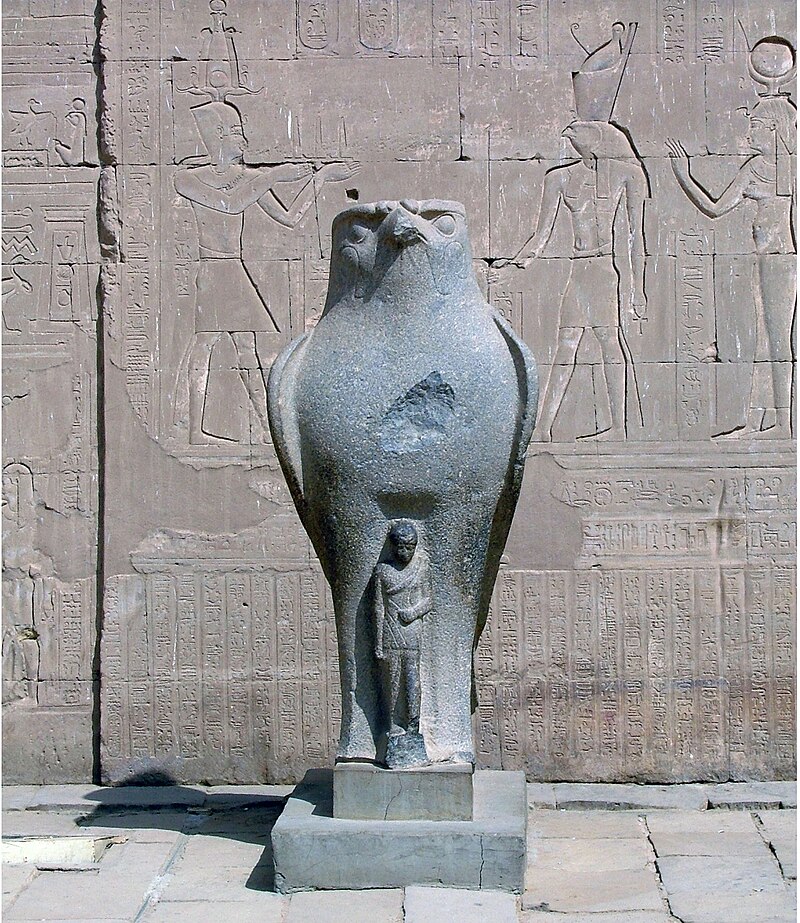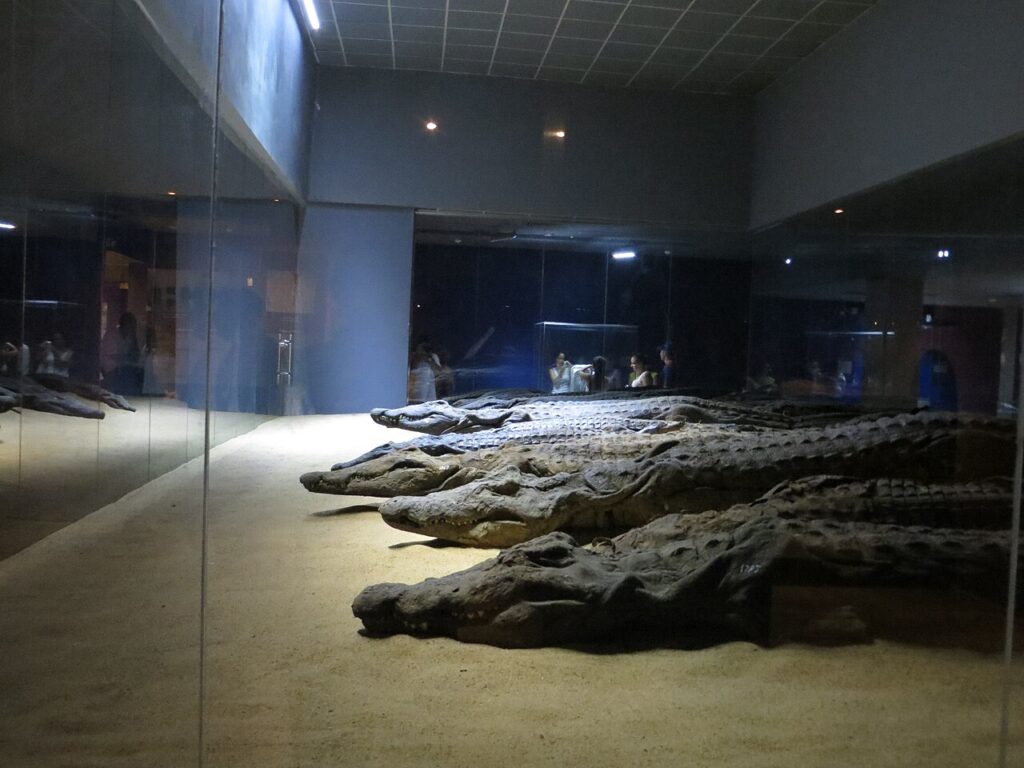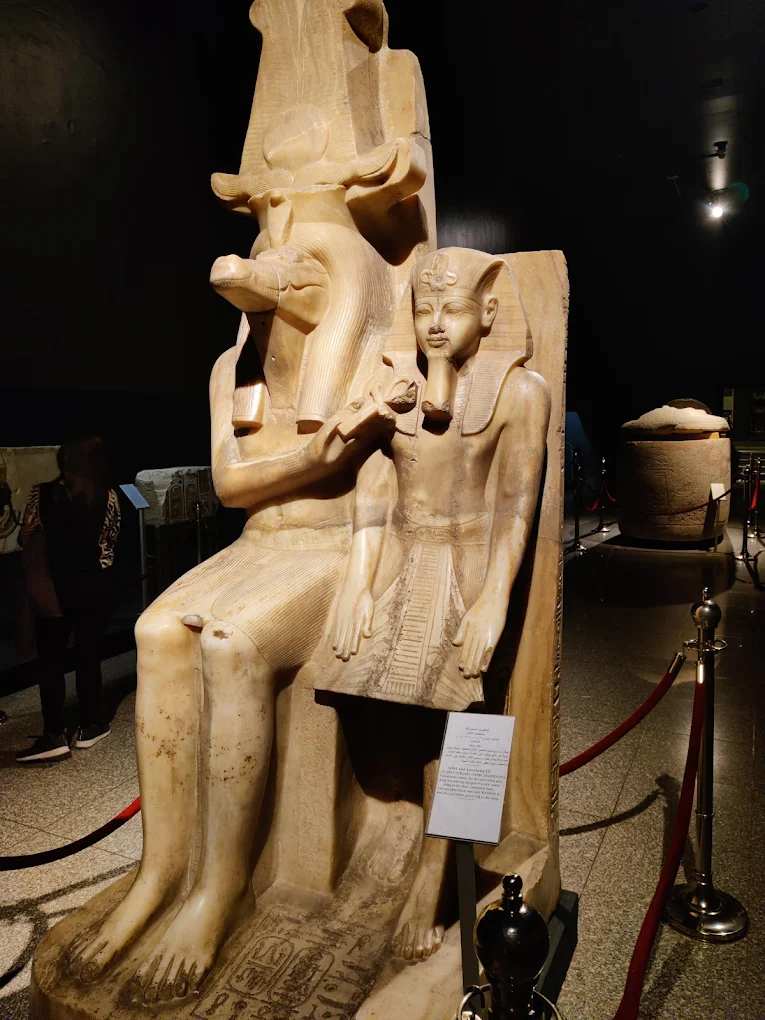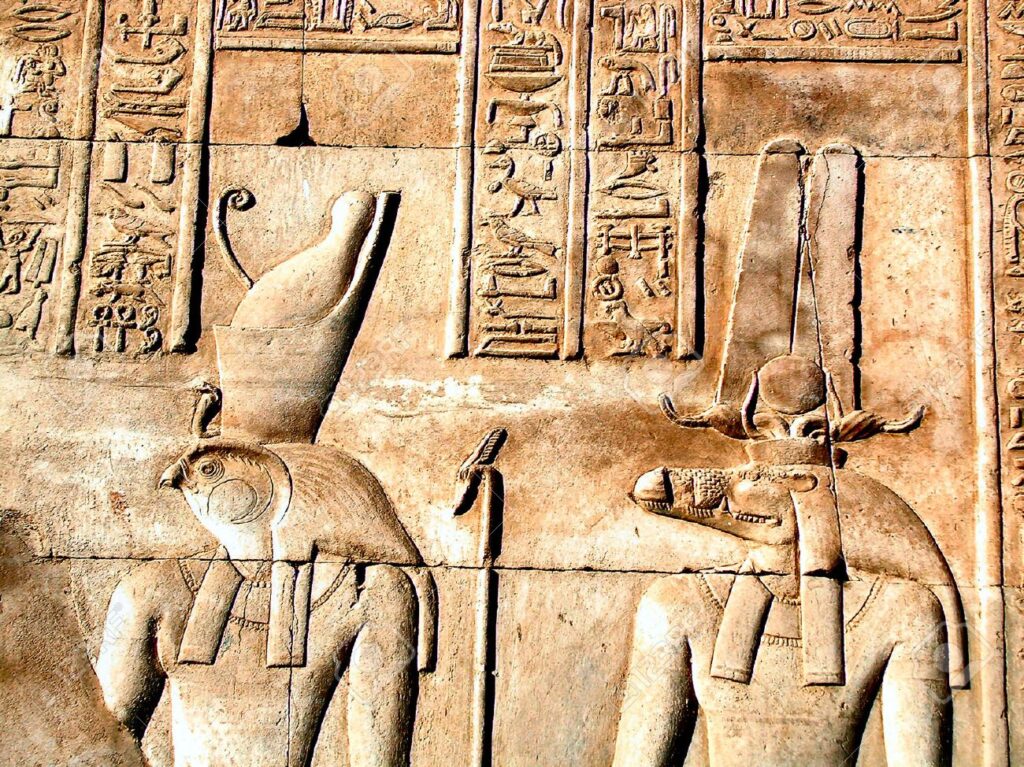Ancient Egyptian Gods and Their Temples in Upper Egypt
Visiting Upper Egypt is more than just exploring temples and ruins; it is a journey into the spiritual world of the Ancient Egyptian gods temples. These sacred places were not only architectural masterpieces but also living centers of worship, rituals, and festivals that shaped the lives of the people along the Nile. Two of the most remarkable sanctuaries are the Temple of Horus at Edfu and the Temple of Sobek and Horus at Kom Ombo.
The Temple of Horus at Edfu – Power of the Falcon God
The Temple of Horus at Edfu is one of the best-preserved temples in Egypt and a jewel among all Ancient Egyptian gods temples. Horus, the falcon-headed god, represented protection, kingship, and victory over chaos.
Built during the Ptolemaic period (237–57 BC), it stands as the second largest temple in Egypt, after Karnak.
The walls are decorated with detailed inscriptions narrating the eternal struggle between Horus and his uncle Seth.
Every year, great religious festivals were celebrated here, reenacting the sacred battle, strengthening the divine order of the world (Maat).
Walking through its massive pylons and hypostyle halls, visitors feel the presence of Horus, a guardian who protected both the pharaoh and the entire land of Egypt.
The Temple of Sobek and Horus at Kom Ombo – A Unique Dual Temple
The Temple of Kom Ombo is unique in the entire landscape of Ancient Egyptian gods temples. It is dedicated to two gods simultaneously: Sobek, the crocodile god, and Horus the Elder.
The temple is symmetrically divided into two identical sections, each with its own halls and sanctuaries.
Sobek symbolized fertility, strength, and the dangers of the Nile, while Horus embodied protection and kingship.
In the nearby Crocodile Museum, real mummified crocodiles are displayed, offering a rare glimpse into the cult of Sobek.
This extraordinary temple reveals the duality of life: fear and safety, chaos and order, water as a blessing and a threat.
The Role of Gods in Ancient Egyptian Temples
Every temple in Upper Egypt was more than a house of stone; it was the earthly dwelling of a god. Priests performed daily rituals, including bathing, clothing, and offering food to the statues of the deities, believing that the gods truly lived within their temples.
Temples were the spiritual centers of cities, influencing politics, economy, and culture.
Festivals brought entire communities together, reinforcing their bond with the divine.
The mythology carved on the walls was not only decoration but also a guide to understanding the cosmic order.
These temples served as bridges between humanity and the divine, ensuring balance and prosperity in the world.
Conclusion – Journey into the Sacred
Exploring Ancient Egyptian gods temples in Upper Egypt, especially Edfu and Kom Ombo, is like stepping into a world where gods walked among humans. The falcon wings of Horus, the powerful jaws of Sobek, and the timeless rituals performed inside the sanctuaries still echo today, inviting every visitor to experience the mystical heart of Egypt.




